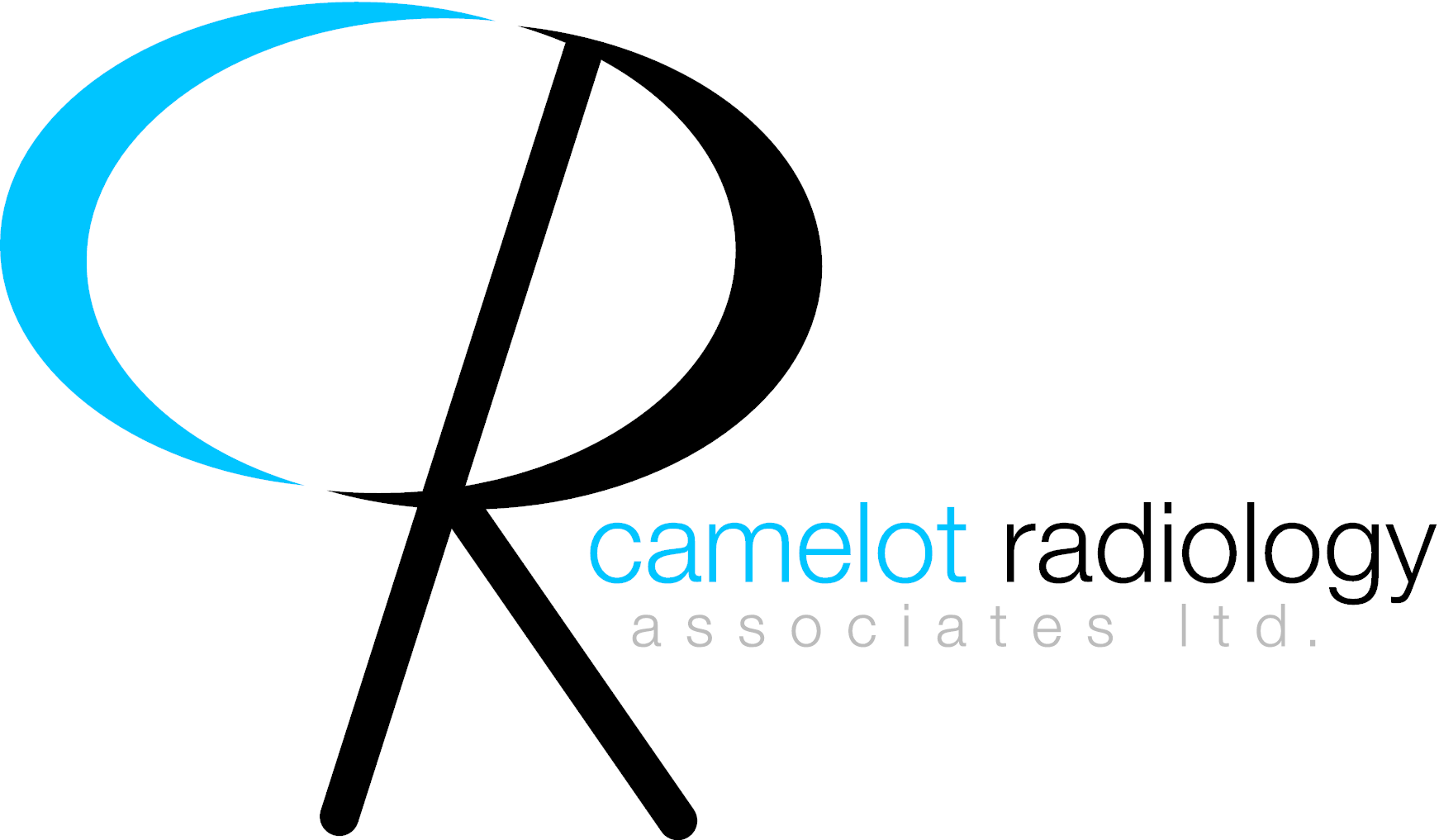Computed Tomography
WHAT IS COMPUTED TOMOGRAPHY?
Computed Tomography (CT) is a way of using X-rays to take pictures or images in very fine slices through the part of the body that your physician has asked to be investigated. One way to think of it is of taking slices through a loaf of bread.
The slices are reconstructed into 3D images and with these images the radiologist will have a very detailed picture of the structures making up your body. This should help them to make a diagnosis (in other words, to understand the cause of your current problems) so that the right treatment can be planned as soon as possible.
CONTRAST MATERIAL
A special dye called a contrast material is needed for some CT scans, to help highlight the areas of your body being examined. The contrast material blocks X-rays and appears white on images, which can help emphasize blood vessels, intestines or other structures. Contrast material can enter your body in a variety of ways:
Oral. If your abdomen and/or pelvis is being scanned, you may need to drink several glasses of a liquid called barium. We offer several different flavors of barium to make the preparation more palatable.
Injection. Contrast agents can be injected through a vein in your arm, to help view your urinary tract, major internal organs, or blood vessels. You may experience a feeling of warmth during the injection or a metallic taste in your mouth.
DURING THE CT SCAN
The CT scanner is shaped like a large doughnut standing on its side. You will lie on a narrow table that slides into the “doughnut hole,” which is called a gantry. Straps and pillows may help you stay in position. During a CT scan of the head, the table may be fitted with a special cradle that holds your head still.
The table will move slowly through the gantry during the CT scan, as the X-ray tube within the gantry rotates in a circle around you. Each rotation yields several images of thin slices of your body. You may hear buzzing, clicking and whirring noises.
The technologist will be nearby, in a separate room. You will be able to communicate via intercom. The technologist may ask you to hold your breath at certain points to avoid blurring the images. Certain examinations may require different instructions or protocols as recommended by your physician and /or radiologist.
AFTER THE CT SCAN
Following the exam you can return to your normal routine. If you were given a contrast material, you may receive special instructions. After the scan, you’ll likely be told to drink plenty of fluids to help remove the IV contrast material from your system.
OBTAINING YOUR RESULTS
CT images are stored as electronic data files and are reviewed on a computer screen. A radiologist interprets these images and provides a report to your physician.



